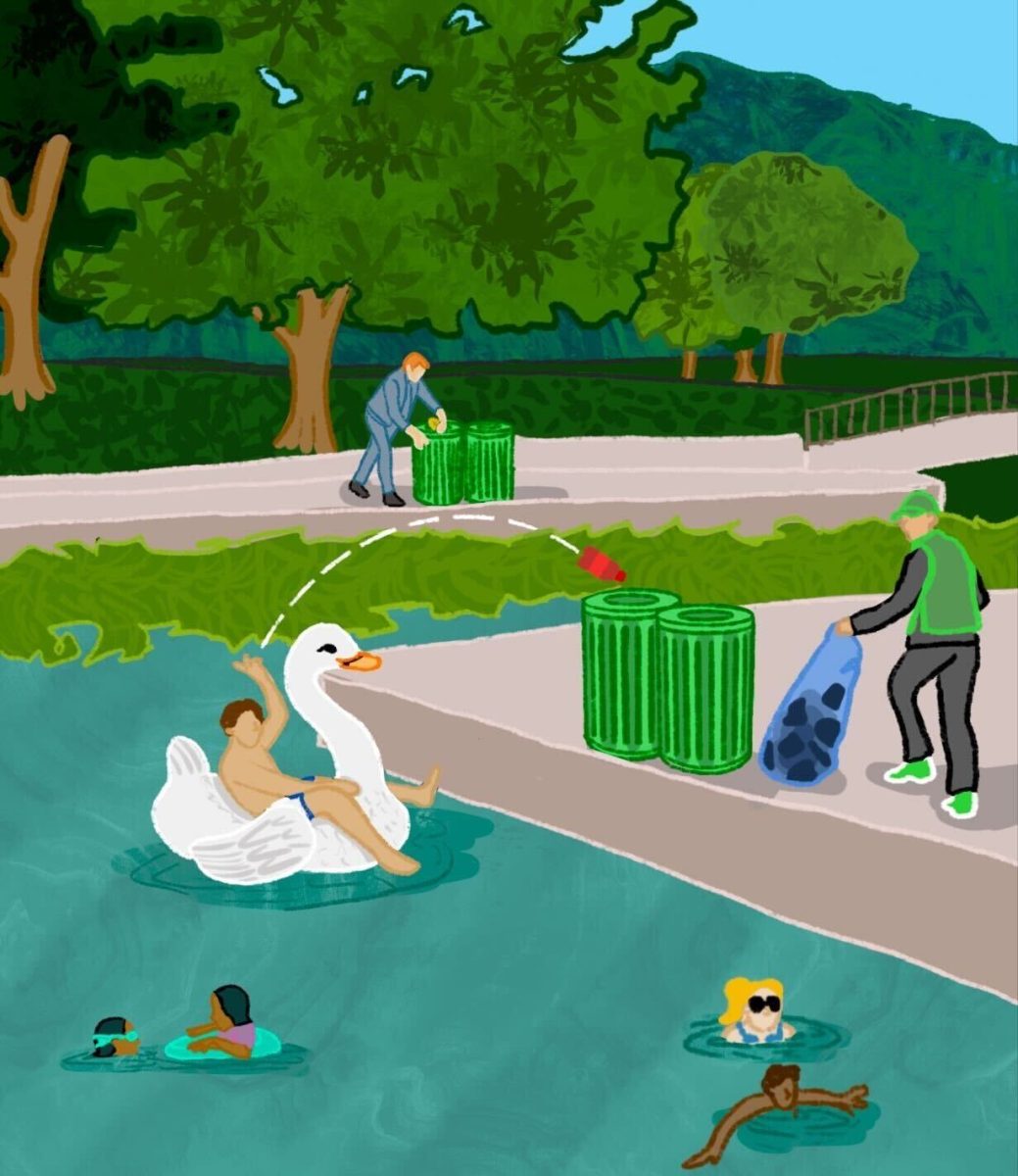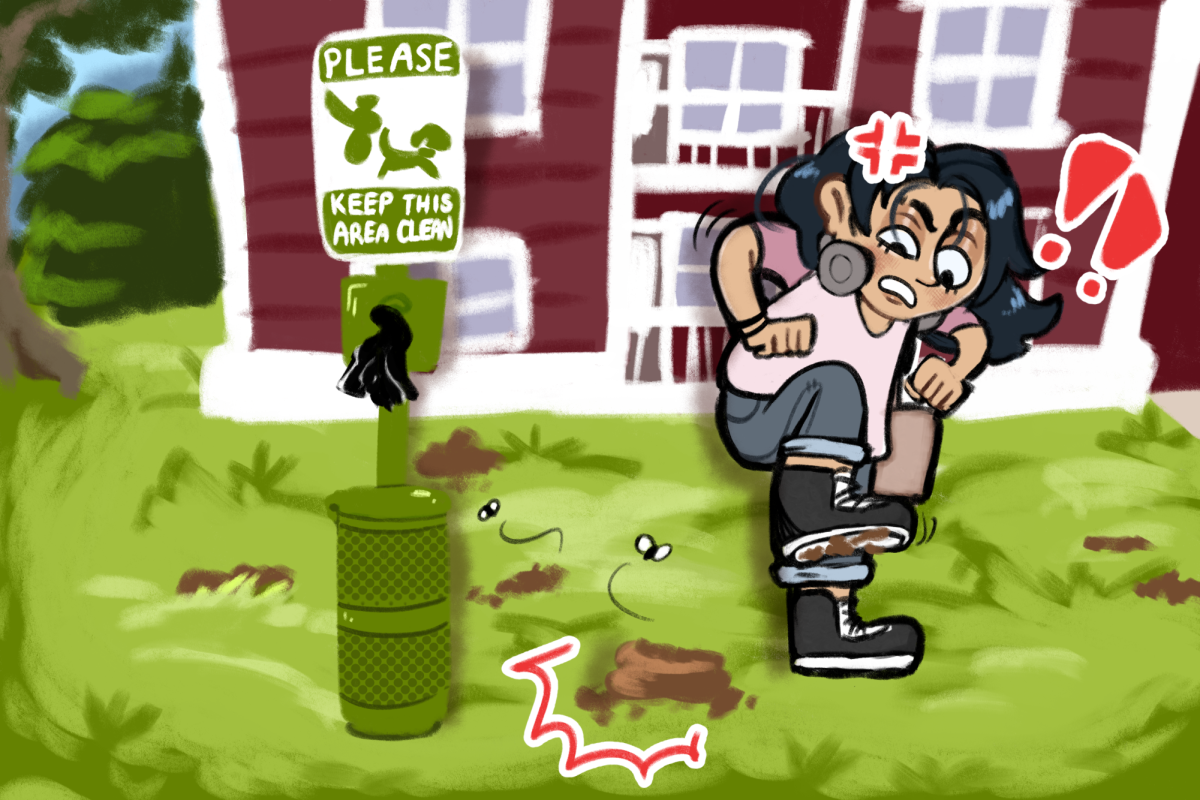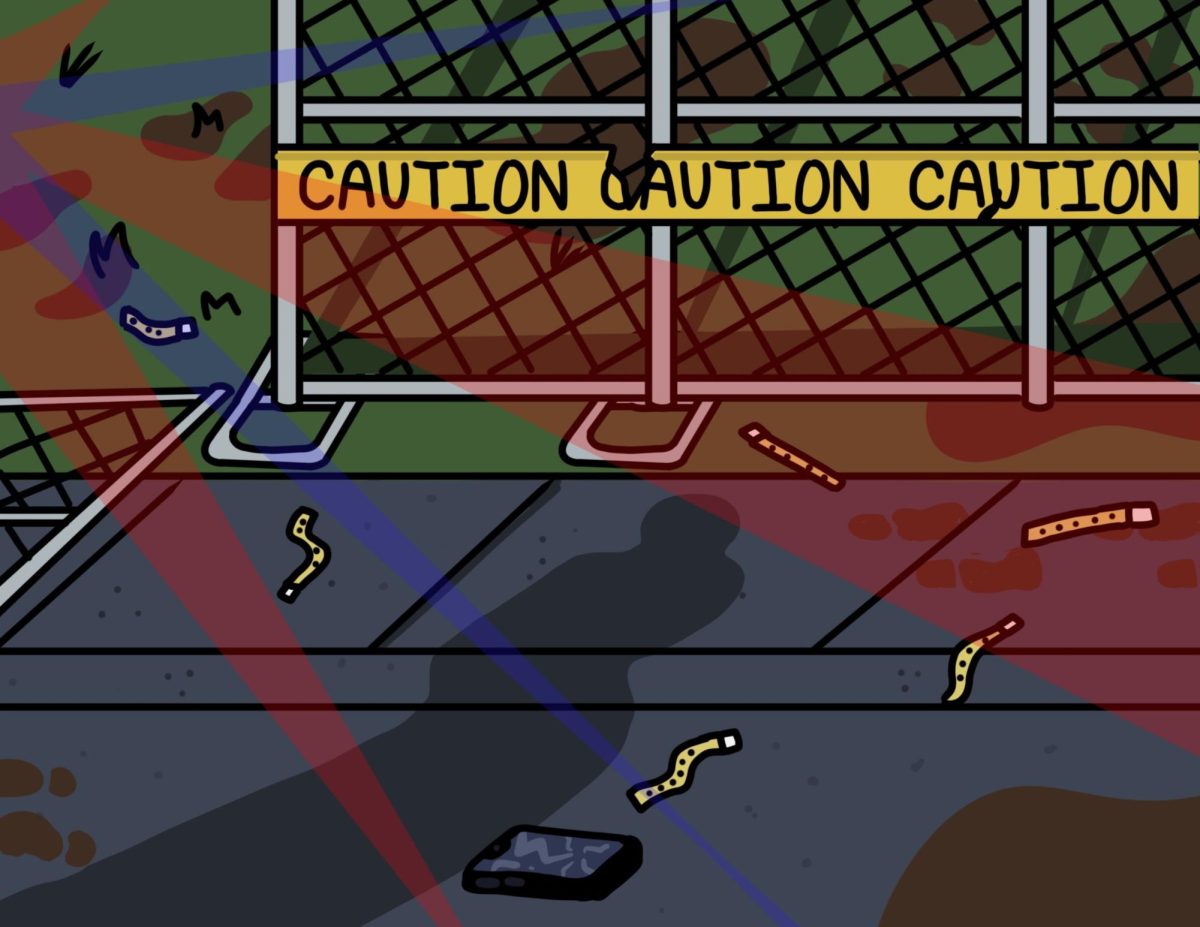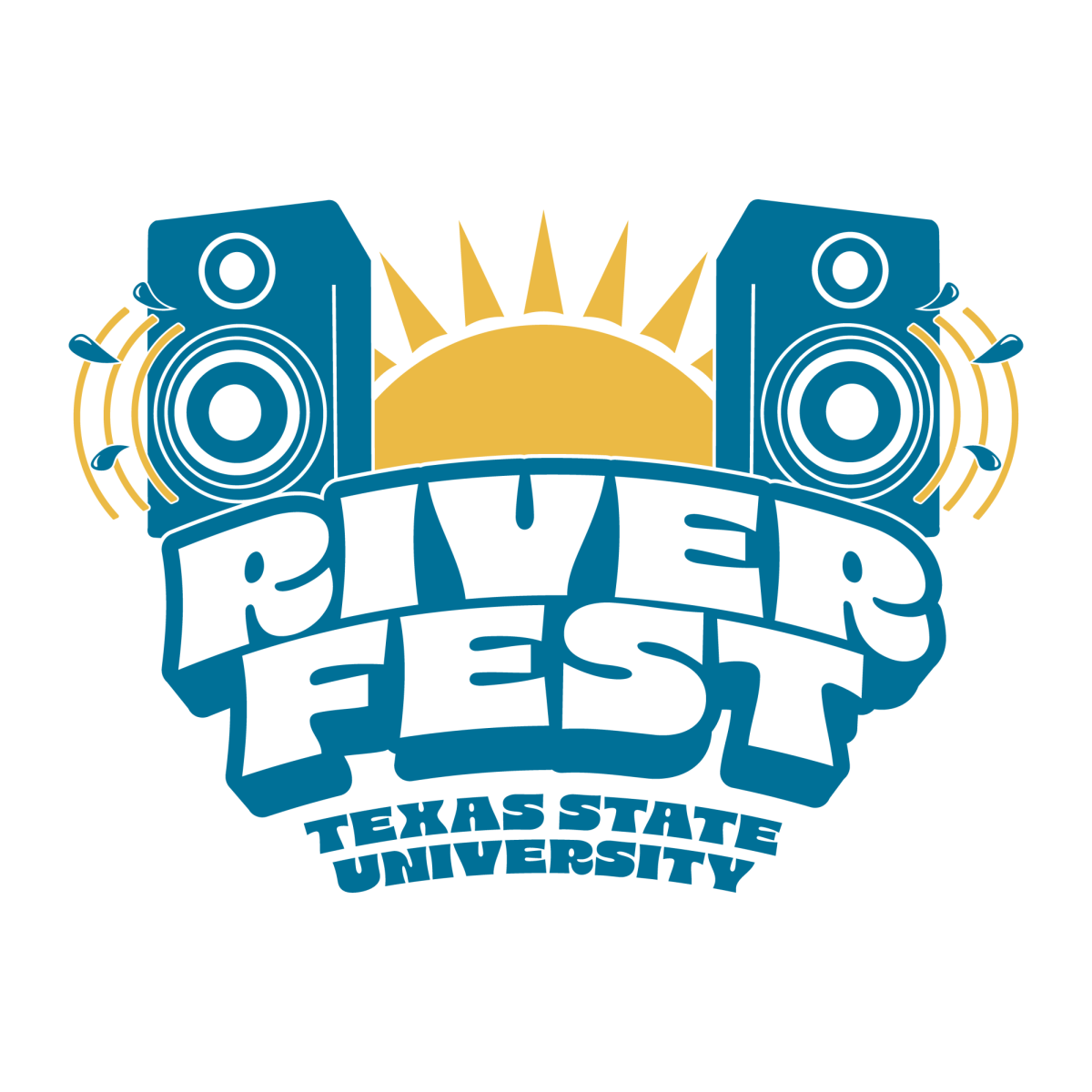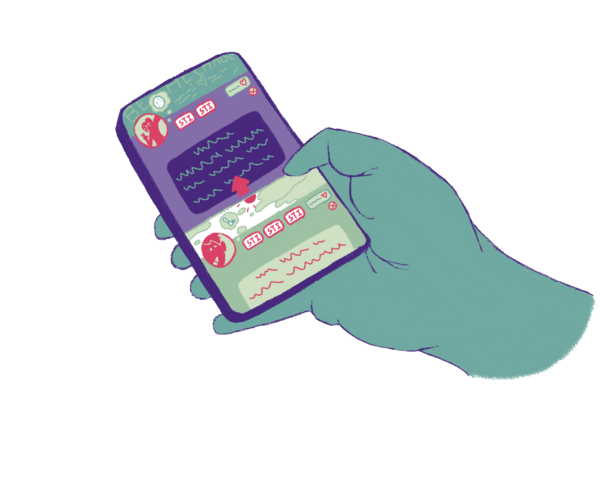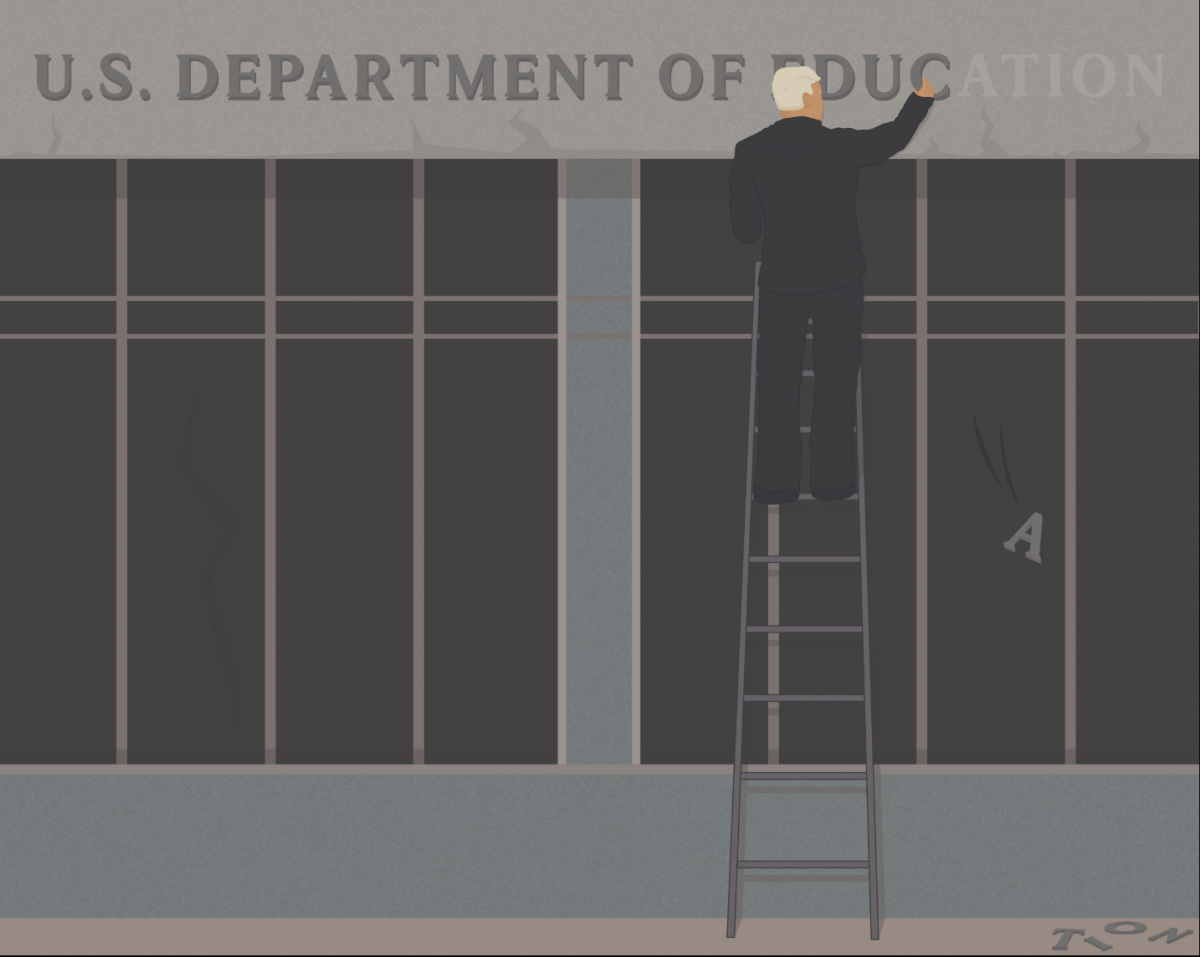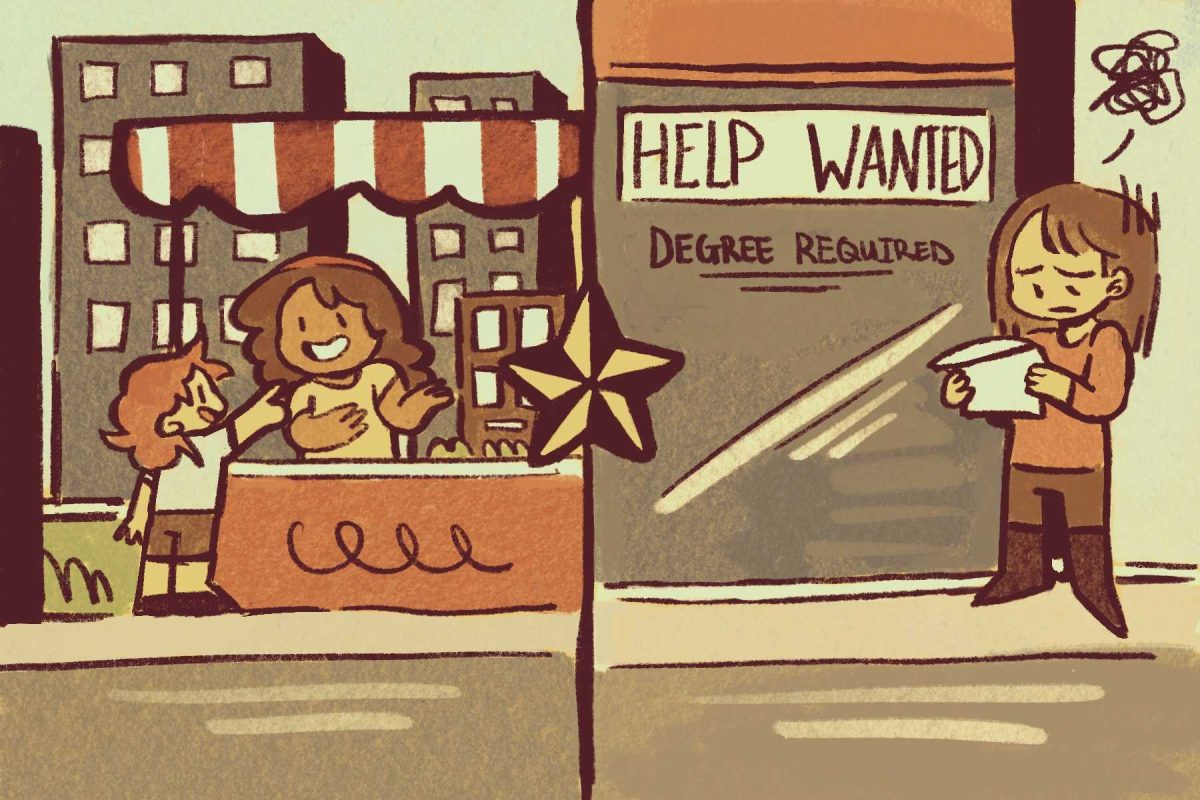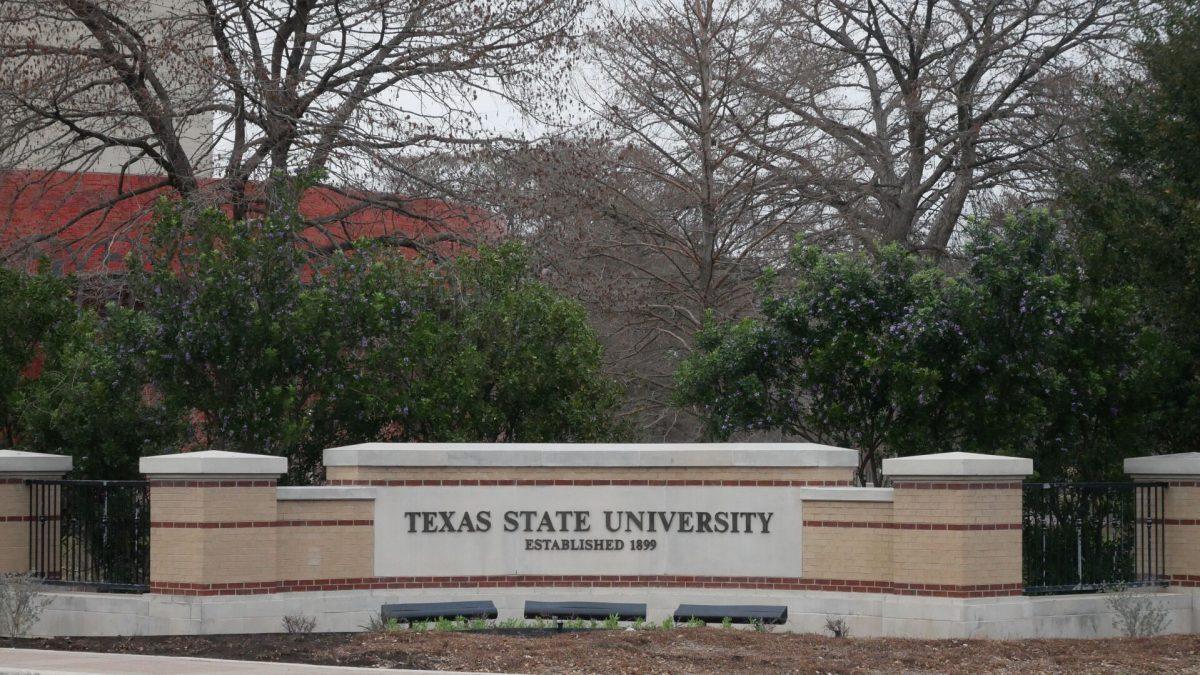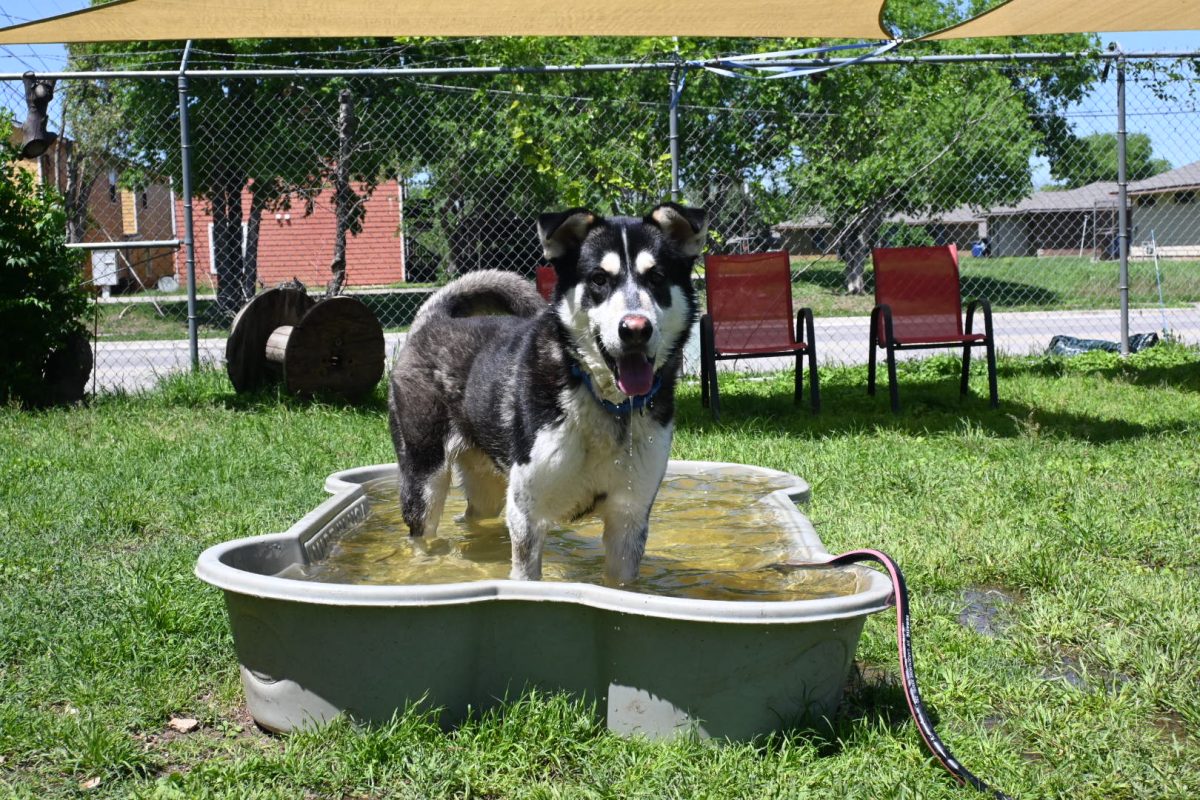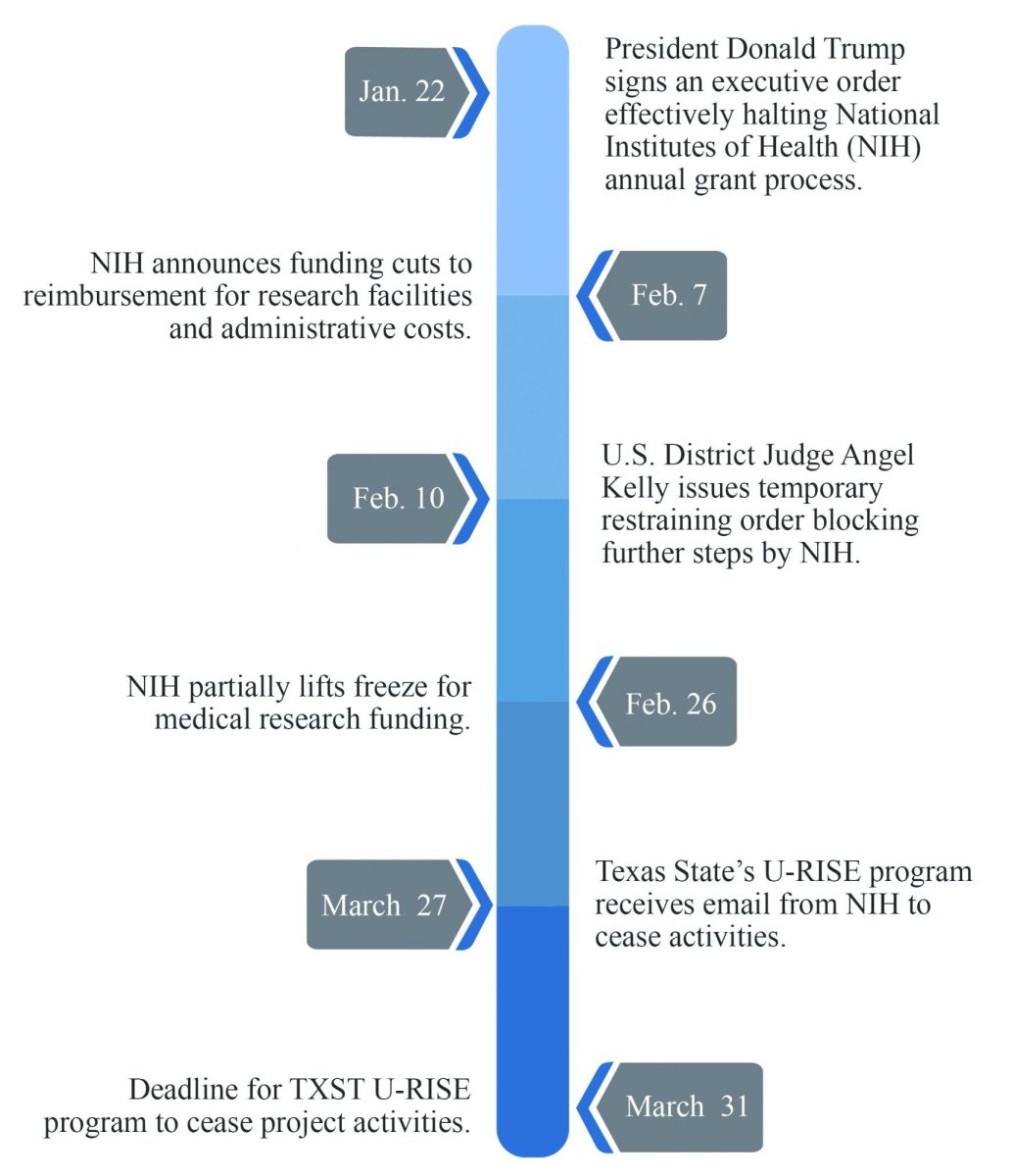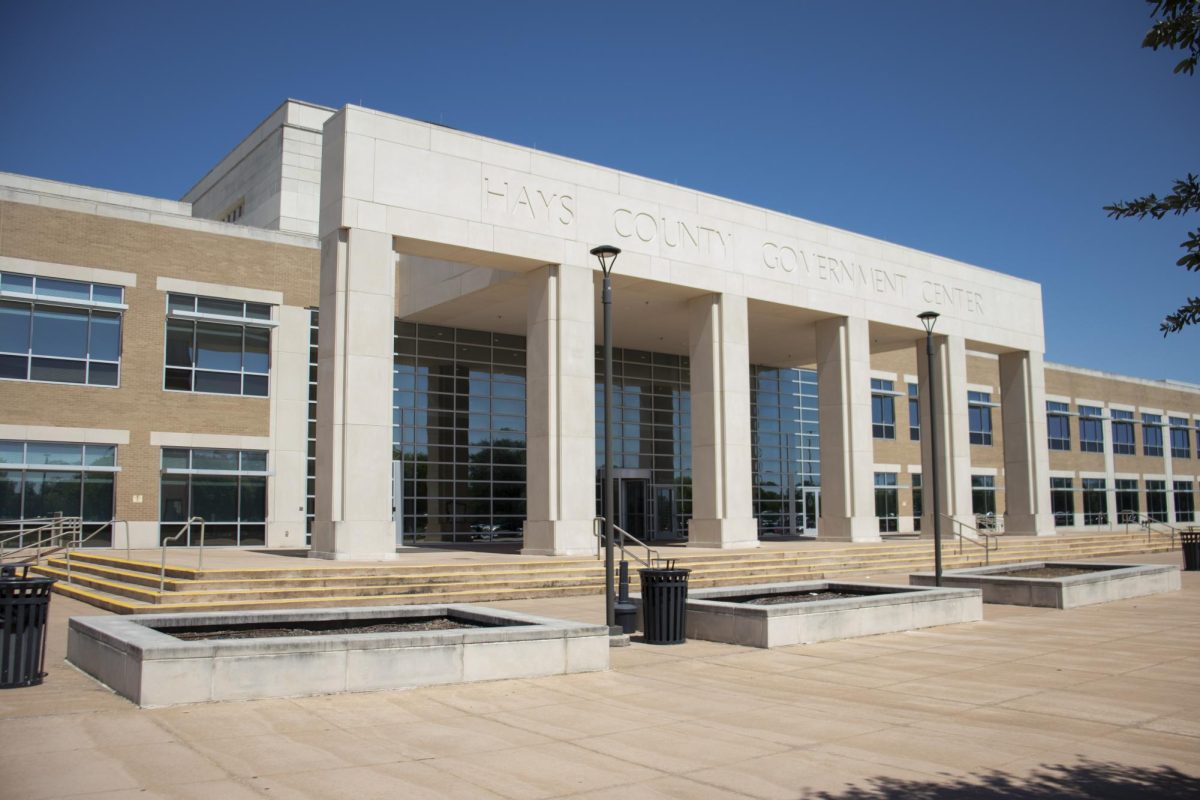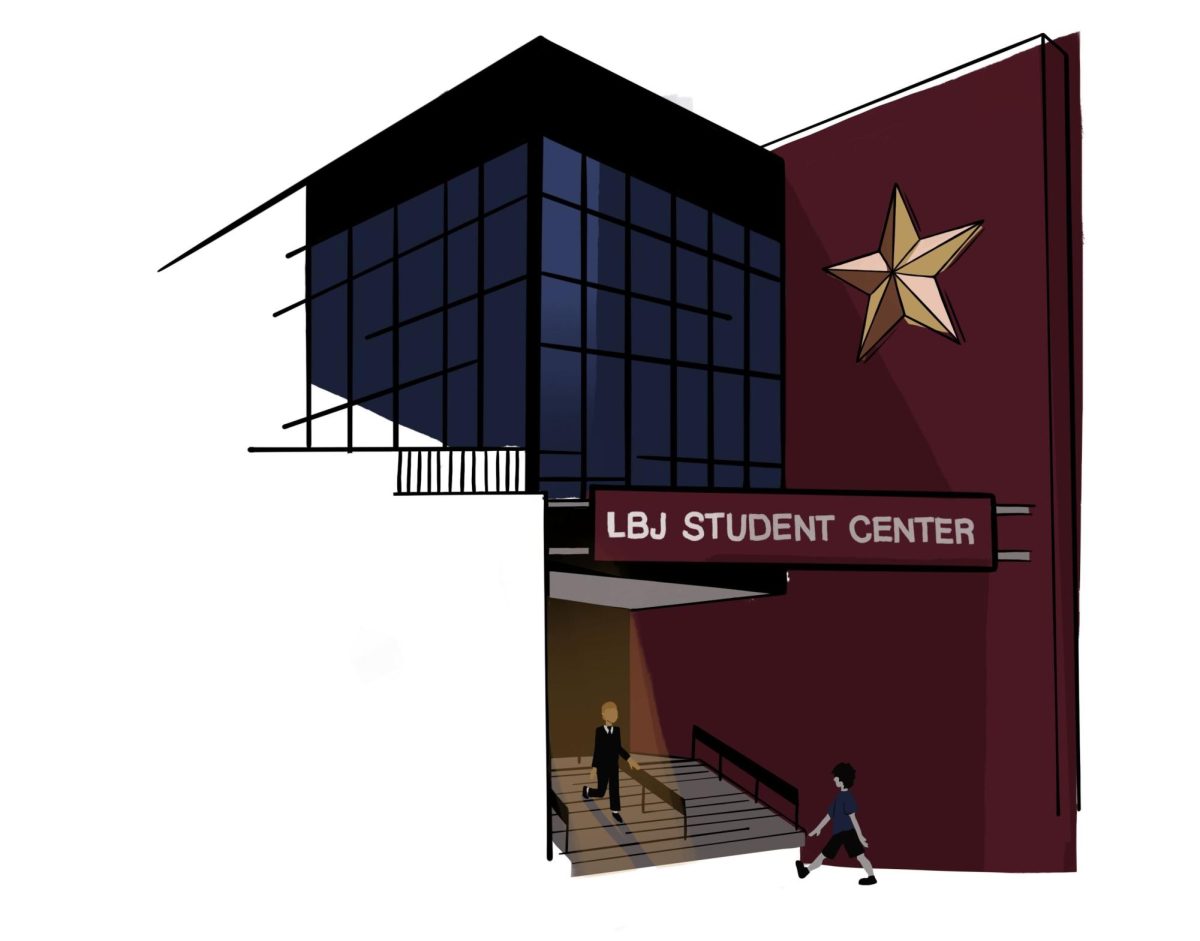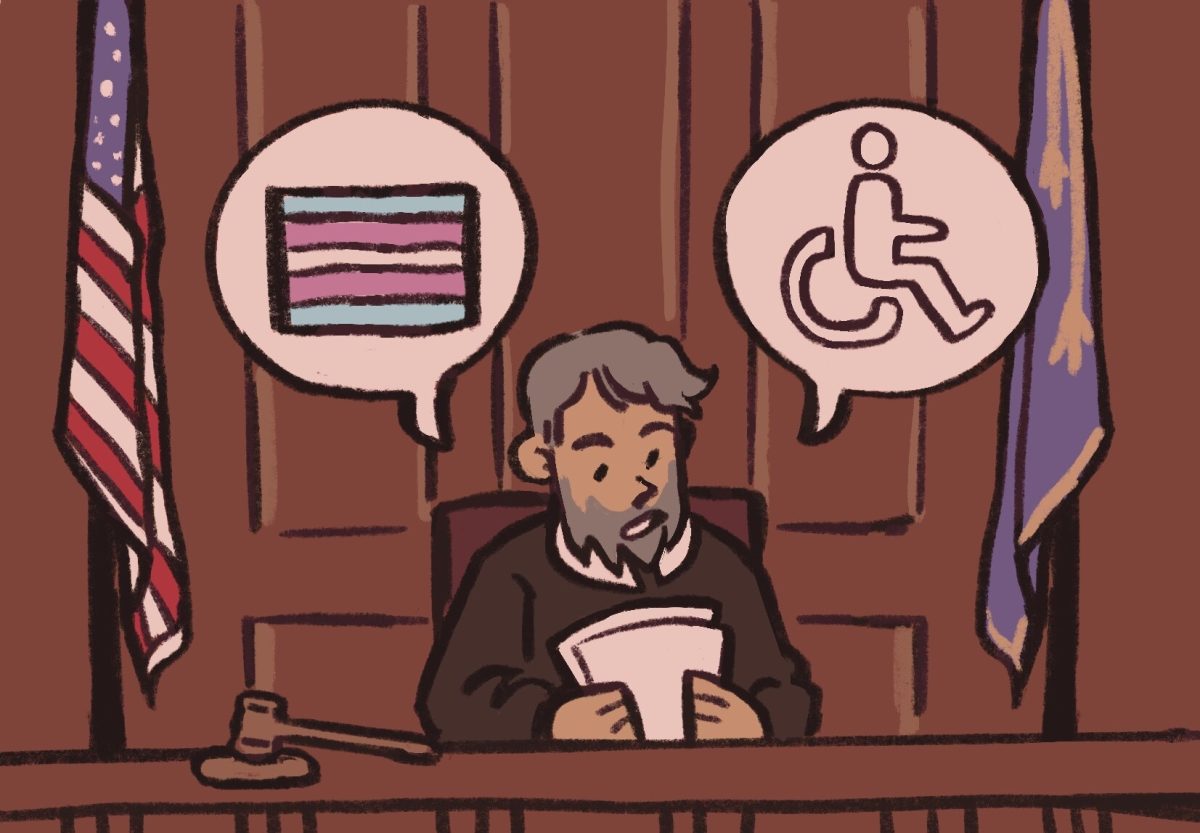The San Marcos River is the crown jewel of the city, but with Texas State admission rates on the rise, students must play their part in limiting negative environmental impacts.
In 2013, the Edwards Aquifer Habitat Conservation Plan was implemented to protect endangered species and promote a balanced river ecosystem. This multifaceted regional partnership is centered around the San Marcos and Comal Rivers, where noticeable improvement has been recorded since implementation. This is accredited to continuous restoration of riverbanks, removal of non-native species and implementation of native species.
In recent years, admission rates at Texas State have reached record-breaking levels, leaving city officials concerned about the student population’s potential impact on the river’s ecosystem.
“As we continue into the future, the more development we have in our community, the more people and residents we have, the more pressure it can put on our water resources from a water quality perspective,” Marc Enders, habitat conservation plan manager, said.
With more students comes more recreation, leading to increased chances of environmental disruption. Disruption can include the trampling of San Marcos native plant wild rice and the endangered fountain darter fish breeding areas. Enders said increased amounts of litter are also noticeable during the summer months when recreation is at its peak.
“Certainly, all those impacts aren’t mitigated, for it seems like we have record numbers of people visiting the river every year,” Enders said. “So, I mean there are some things that are hard to stay on top of and hard to fully manage.”
Eric Weeks, San Marcos Discovery Center manager, said impact prevention is best done through education. Rather than turning a blind eye to how students are playing a role in river deterioration, the Discovery Center addresses these impacts through multiple education outreach programs and river stewardship.
“We have four major events each year: in April, our plant sale and sustainability fair; May is our migratory bird festival, Snake Fest in September, and in October, our monarch festival,” Weeks said. “And we host lots of programming in between those like river clean up and nature walks.”
Students can get involved by adapting their daily habits to benefit the river’s ecosystem. This can be as simple as going to the river without any one-time use plastic, or as complex as organizing a community clean-up event.
Environmental responsibility can even occur in a student’s own home. Be mindful of water usage and reduce stress on the aquifer by cutting down long showers and limiting other wasteful water habits. Students can also minimize chemical runoff by using eco-friendly household products and properly disposing of toxic materials.
Change starts with accountability and must be followed by action for long-term results.
“This river should be a place of community for generations to come, but that starts with us [students],” Timothy Simoneau, history sophomore, said. “If more students took accountability and made small changes, we wouldn’t have nearly as many issues.”
–Hannah Nunez is a journalism senior
The University Star welcomes Letters to the Editor from its readers. All submissions are reviewed and considered by the Editor in Chief and Opinions Editor for publication. Not all letters are guaranteed for publication.



